A multitude of high-quality digital materials emerged during the COVID pandemic, such as teaching videos, podcasts and interactive quizzes. Lecture notes 2.0 are a successful example of how these materials can continue to be used in in-person teaching in a way that is beneficial.
How it all started | What happened previously
Two years ago, the COVID pandemic turned the day-to-day at university on its head for both students and lecturers. We were all forced to find alternative ways to continue with our teaching digitally without much time to prepare. For me, that task was a completely new kettle of fish. To be honest, I had had no experience whatsoever with video or lighting technologies, editing programmes, audio recordings or Zoom. I think back in horror to my first, time-consuming attempts at making a teaching video, where I battled with problems synchronising lip movements with the sound track and watched in agony while the computer did the rendering. It took me ten solid hours to produce a 30-minute video of rather mediocre quality. Another more efficient solution had to be found.
What brought relief was a video mixer. This technology increased efficiency hugely. Now, varied videos could be recorded without tedious editing and time-consuming post-production. A dynamic video needs to include frequent changes in perspective, but at the same time it is important for the focus to lie on the content being taught and for this to be presented clearly in a way that can be understood and without unnecessary padding. It is advantageous to structure the thought processes using music. I have documented my experience, tips for making good teaching videos and the technology I used in an eight-minute video.
That way, around 250 teaching videos came into existence during the COVID pandemic. A selection of these were made accessible to a wider audience on the Chemistry faculty’s YouTube channel. The videos were surprisingly well received, with many of the lectures getting several thousand clicks. That is a remarkable success for the solid transfer of knowledge with no gimmicks. The whole channel – to which several colleagues from Physical and Organic Chemistry contribute with their lectures – shows over 500,000 hits (as of May 2023) and therefore increases the visibility of the Chemistry faculty as well.
The experience gained as a result of teaching digitally was surprisingly positive. At the height of the pandemic, our students’ learning was extraordinarily successful. That was the motivation for me to integrate teaching videos into my in-person teaching in future as well. I implemented that using my “Lecture notes 2.0”.
Lecture notes 2.0
The digital transfer of knowledge works, but for personal development you need interpersonal interaction, critical reflection and practical experience, and these have to occur in a real-life environment. Fortunately, the COVID pandemic is now history, and the situation at the university has largely returned to normal. What remains in the university’s media centre is lots of terabytes of video material. Many lecturers managed to put their own stamp on their videos. The use of these resources should definitely continue. However, one of the obstacles to this happening is the structure of our university media centre, which is rather like a poorly organised warehouse. If you know the exact link, you will find what you are looking for, but without that information you are lost. On top of that, and much to my regret, many lecturers have locked the door to their digital lecture hall with passwords and restrictions. That’s a shame. It is a missed opportunity for us all to learn from one another and to continue to optimise studies based on the content that is actually taught.
I wanted to tie in my own videos with my in-person teaching in a way that was beneficial. Over the years, I had created well-devised lecture notes for certain foundation lectures like those on thermodynamics. It therefore seemed obvious to me to revise those notes completely and to enhance them using the digital materials from the COVID period. That resulted in lecture notes 2.0, which I make available to my students as a PDF file. For the best possible use, the students read the notes online so that they can access the embedded video resources directly from the notes.
The following video provides a detailed introduction to lecture notes 2.0:
In the following, I outline the various video scenarios that have been added to complement the notes and I substantiate them again:
- Training problems are calculated using pen and paper: the videos contain a lot of tips and explanations to help the students get to the bottom of a problem on their own (e.g. macrostates and microstates in thermodynamics).
- There are a large number of experiments demonstrated: chemistry is an experimental science. You have to learn to observe and to question measurements critically. Most of the experiments were recorded by the Physics preparation team at the University of Regensburg in high quality, and the chemical experiments were recorded by the experimental chemistry team from the Institute of Inorganic Chemistry at the University of Regensburg.
- Interactive Q&A sessions facilitate deeper understanding: the chosen format is based on PowerPoint and garnished with several experiments. The video contains several questions or tasks including sample solutions for each along as well as an explanation. The students are urged to pause the video after each question and find a solution. After that, they take a look at the sample solution. The students greatly appreciate these interactive Q&A sessions: during COVID, some of them had Zoom meetings to discuss the questions with each other. The results of the oral Bachelor’s exam also paid tribute to this commitment.
- Excerpts from talks widen your horizons: many propositions from thermodynamics also have practical and social relevance. That is why the lecture notes contain links to talks (e.g. “Energieversorgung heute und morgen” (The energy supply of today and tomorrow) or on sustainable chemistry) as well as explanatory videos about state-of-the-art technologies, like the heat pump, for example.
- The lectures are recorded in the lecture hall from start to finish: links to the full lectures “Thermodynamik I ” and “Thermodynamik II” (Thermodynamics I and II) were added to the notes. The lectures had already been recorded in the lecture hall before the COVID pandemic and stored on the YouTube channel belonging to the Faculty of Chemistry and Pharmacy at the University of Regensburg. From the many positive comments made by the users, we know that this offering is appreciated.
- Figures in the notes are linked to the corresponding recorded lecture: for some figures, like the complex phase diagrams for binary systems, for example, a link was set at the corresponding point in the lecture where that particular phase diagram is discussed on the board. The walks in the phase diagram can be discussed more elegantly in a lecture than in a written text, where explanations can quickly become lengthy and long-winded.
- Using the computer to solve problems: in the lecture on physical chemistry, systems are sometimes highly idealised so as to be able to calculate the problem on the board. A gas is reduced to an ideal gas. To treat real systems, we use the symbolic programming language MAPLE more. There are many precise, measured, experimental parameters stored in the NIST database and they enable authoritative conclusions to be drawn regarding the chemical balance in reaction conditions. This ability will certainly be valued in the chemical industry or in laboratory practice later. That is why corresponding units are also embedded in the lecture notes, such as the “Übungsblatt Massenwirkungsgesetz Power-To-Gas” (exercise sheet on the power-to-gas law of mass action).
Technical implementation
It was possible to integrate the different videos using a specially developed LATEX macro script. LATEX allows links to be set for any object. Our macro script opens the video in full-screen mode at a defined point and closes it at the required point. Normally, that means that students are saved the bother of having to switch over to YouTube. That way they can stay focused on the content.
Most of the embedded videos are on our YouTube channel and some are in the University of Regensburg media centre. The great advantage of YouTube is that if there is anything that is unclear, users can use the comments function to ask questions that I can answer promptly.

Suggestions for improvement can also be communicated that way and be considered if the content is revised. However, the YouTube resources are also causing me quite a headache at the moment as the terms of use were changed unilaterally a while ago: YouTube has granted itself the right to show ads before non-monetised videos as well. That devalues this resource and poses an obstacle regarding my lecture notes 2.0. We have been able to solve that problem using LaTeX macros: YouTube videos can still be played from the PDF document ad-free and largely in compliance with the GDPR. The script for compiling is there for anyone who wants to use it for their own purposes.
Use of lecture notes 2.0 – initial experiences and feedback
The first time I made lecture notes 2.0 available to the students was in the summer semester of 2022. The course was scheduled to be in person and was to be evaluated extensively. The lecture was regularly attended by 32 participants, as were the tutorials. After a lecture, I always invite a group of three students to come and meet for a conversation. If there is someone who hasn’t understood something, they get extra tuition, and if there is someone who needs more material, they get it. I am therefore very aware of the problem areas for our students.
To my surprise, 43 students took the written exam. Therefore, eleven students completely ignored the lecture and tutorials and only prepared for the exam with the help of the notes. An equivalent grade range was obtained in both groups.
Although the evaluation was very user-friendly in the way it was executed, the response rate was disappointingly low. Only around fifty per cent of the students took part in the survey. Those who took the exam were asked to mark the preparation method they had chosen with a letter code so that I could draw a correlation between the result and the preparation. Unfortunately, only half of the participants gave information here as well. It is almost impossible to make a sound evaluation based on such a low response rate.
My conclusion
Digital teaching offers benefits like greater flexibility and a wider reach, for example. It can supplement and enhance traditional in-person teaching. However, it also has disadvantages, such as the lack of interaction and personal contact between lecturers and students. Combining the two can utilise the benefits of both approaches and facilitate holistic education for the students. Lecture notes 2.0, which have been presented here, are one example of a possible combination of both worlds.
Have I piqued your interest in these lecture notes “with value added”? I would be happy to send you the notes on request.
Suggestion for citation of this blog post: Motschmann, H. (2023, June 15). Lecture notes 2.0 – An efficient combination of in-person teaching and digital teaching. Lehrblick – ZHW Uni Regensburg. https://doi.org/10.5283/ZHW.20230615.EN
Our authors introduce themselves:

Prof Dr. Hubert Motschmann
Prof. Dr. Hubert Motschmannworks at the Institute of Physical and Theoretical Chemistry at the University of Regensburg. Student-orientated teaching is a matter close to his heart. He was awarded the prize for good teaching by the Bavarian State Ministry of Science and Art in 2012



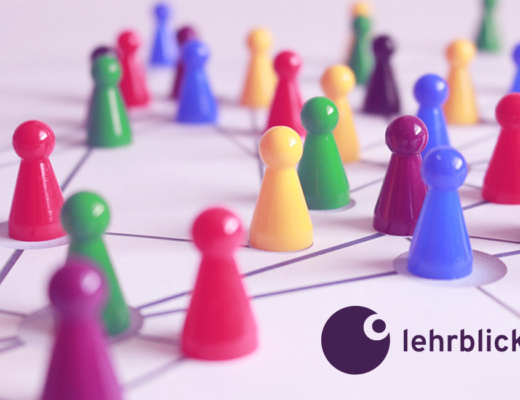
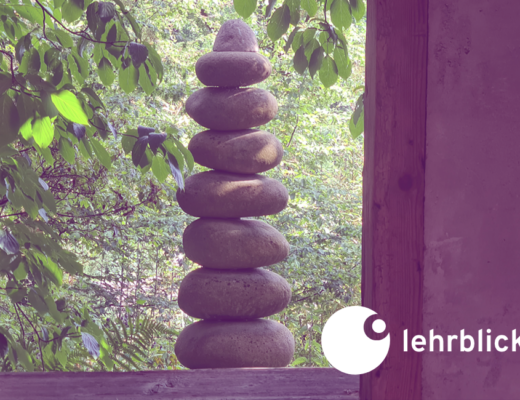

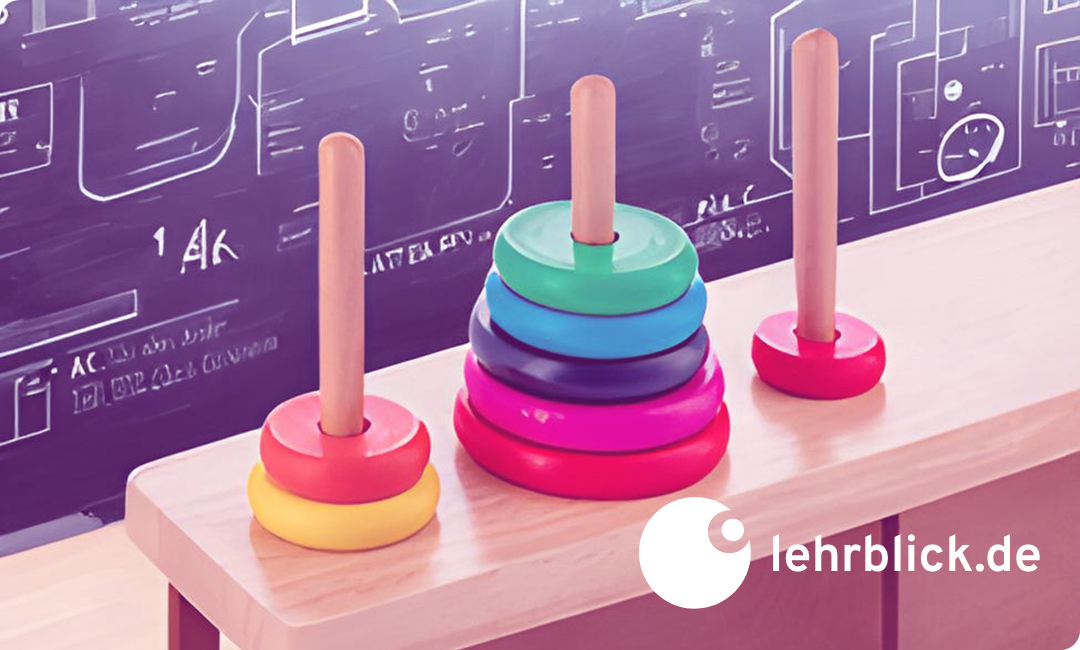



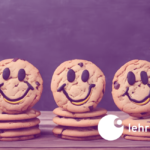
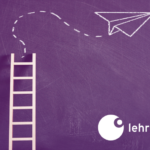
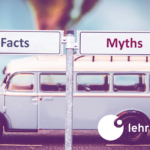

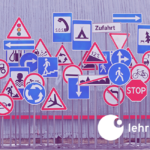


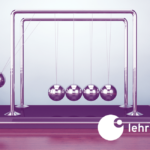
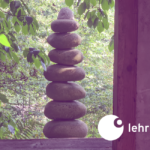

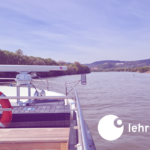
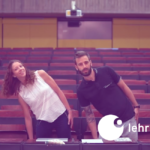





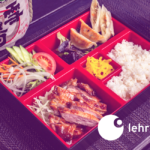


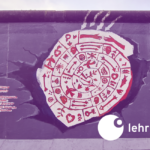




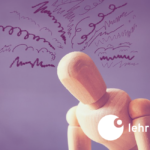

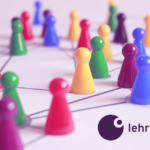

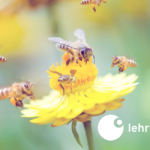
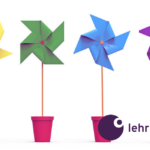
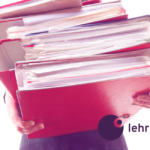





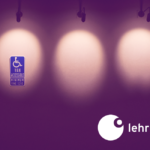
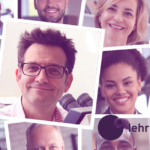
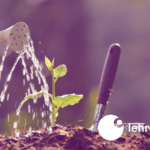

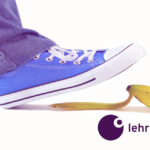


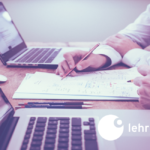
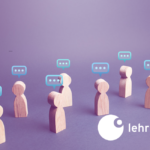
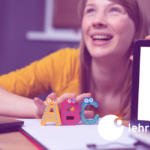
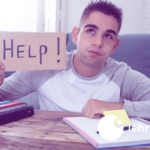

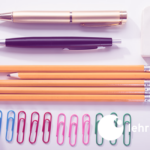

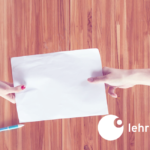
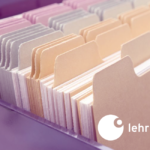

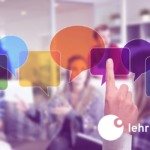

No Comments